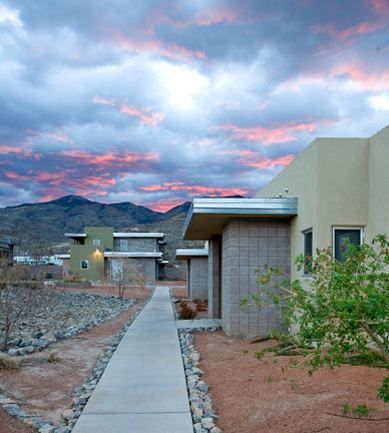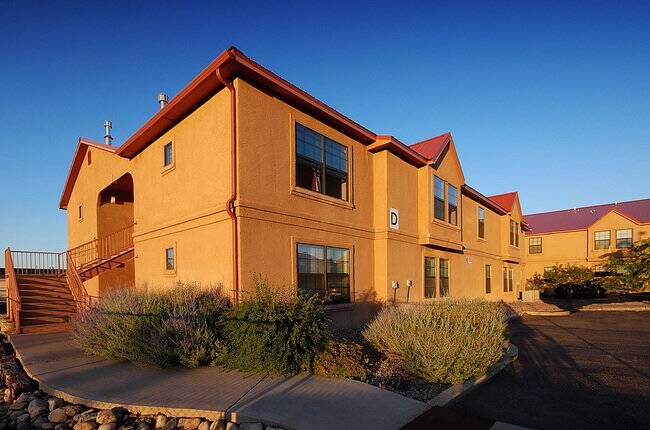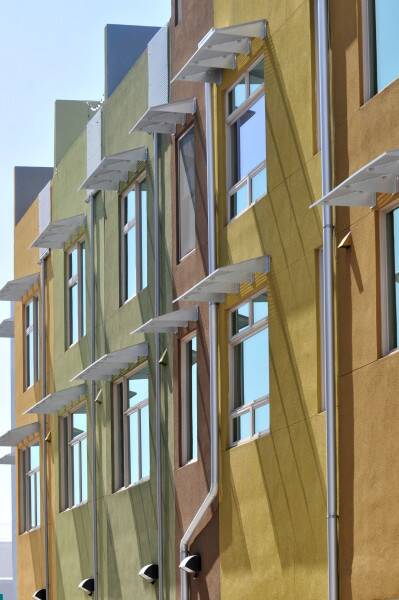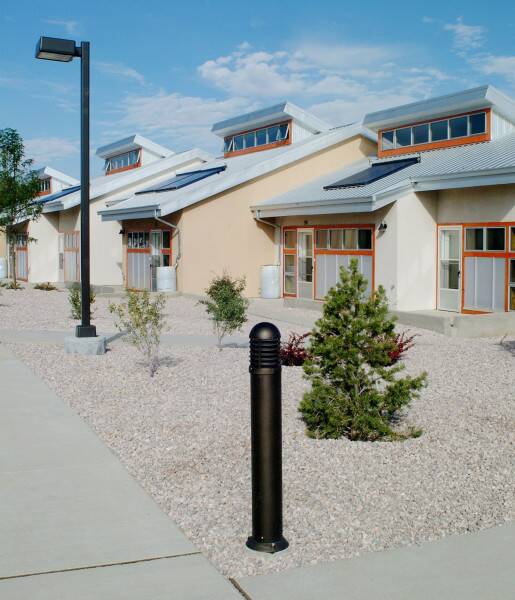LIHTC Program Overview
The Program
Tax credits provide direct federal income tax savings to individuals or corporations that invest funds in rental housing developments with apartments set aside for low-income households. To use this tax incentive, developers typically form limited partnerships with investors who contribute equity capital in exchange for tax savings. Once an allocation is made and construction is completed, tax credits can be claimed annually for a 10-year period.
Eligible Projects
Many types of rental developments qualify, but MFA establishes incentives to stimulate development of particular types of housing and prohibits others that do not meet MFA policy. Federal rules require the projects to be 1) located in New Mexico; 2) permanent residential structures used year-round on a non-transient basis (except for nonprofit provided housing for the homeless); 3) subject to a low-income use restriction agreement; 4) available to the general public; and 5) in compliance with all applicable local, state and federal laws pertaining to handicapped accessibility and adaptability. MFA monitors projects annually to ensure that all these conditions remain in effect.
Low-Income Use Restriction
Project owners must agree to set aside a certain percentage of the apartments, at least:
- Twenty percent of the units for households earning no more than 50 percent of the area median income adjusted for family size; or
- Forty percent of the units for households earning no more than 60 percent of the area median income adjusted for family size; or
- The project can serve households up to 80 percent AMI as long as at least 40 percent of the total units are rent and income restricted and the average income limit for all tax credit units in the project is at or below 60 percent AMI. (For more on this option of "income averaging," please refer to the most recent QAP).
The set aside units must also be “rent restricted,” meaning that rents for various apartment sizes (including allowances for tenant-paid utilities) may not exceed 30 percent of the qualifying income levels. The development must be maintained as low-income housing for at least 30 years.
Obtaining Tax Credits
In 2023, each state has an annual tax credit authority equal to $2.75 per state resident. New Mexico’s annual authority is estimated at $5,818,662 in 2023, with a population estimate of 2,115,877. The process used by MFA to evaluate applications and allocate credit is described in MFA’s Qualified Allocation Plan (QAP) available on our website. An application, including detailed financial information and various supporting documentation, must be submitted to MFA for review and evaluation, and the process is competitive. The final determination of how much credit will actually be awarded is made when the project is complete. Each year MFA conducts one allocation round to select the projects that will receive tax credits and applications are usually due in the middle of January.
Tax Credit Calculation
The example below illustrates the way tax credit amounts are calculated.
| Total Development Cost | $1,100,000 |
| Less Land Value | (100,000) |
| Less Other Non-depreciable Costs | (35,000) |
| Total Eligible Basis | $965,000 |
| Application Fraction (% set-aside) | 100% |
| Qualified Basis | $965,000 |
| Applicable Credit Percentage | 9% |
| Annual Tax Credit | $86,850 |
| 10 Year Tax Credit | $868,500 |
| Pricing (for example) | $0.90 |
| Equity Available to Project | $781,650 |
Tax Credits and Other Programs
Tax credits can be combined with several of MFA’s other programs, including tax exempt bonds, Risk Sharing construction/permanent mortgages, HOME/rental loans, Housing Trust Fund loans, Primero Investment Fund loans and NM Affordable Housing Tax Credits. HOME/rental funds are typically awarded simultaneously with tax credit allocations.
DDAs and QCTs
Qualified Contracts
For other options, please visit our Preservation page at https://housingnm.org/resources/nm-affordable-futures
Please find the public calendar for the current LIHTC round here.
If you have questions about this program, please contact us.








